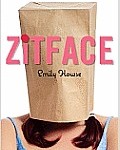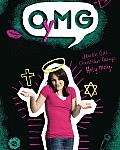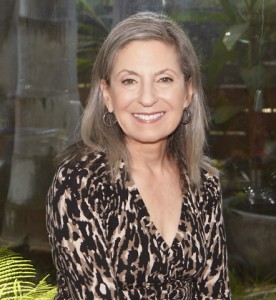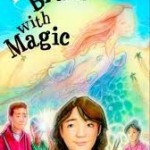 How did you decide to become a writer?
How did you decide to become a writer?
AD: I always loved to write, even as a kid, but I was too practical to pursue it seriously. As it turned out, I discovered advertising as a business student and worked for many years as a copywriter, creating ads and commercials-who knew I could write AND make a living? But I continued to write stories and finally, about 10 years ago, I went back to get my MFA in playwriting. From there, it was another step to writing books, and here I am!
What do you like about writing for teens?
AD: For starters, I can’t think of another age so full of drama, emotion and huge, life-defining changes. That was the time in my life when I struggled to figure out who I wanted to be-and where I’d fit in. Those are still the questions I find so compelling and want to write about. Also, if you ask me which books impacted me the most, they were the ones I read as a tween and teen. I can’t imagine writing for any other audience.
Ellie’s sense of humor plays a big role in OyMG. Do you find it easy to write humorously?
AD: I’ve never thought of myself as a funny writer and when I try to be funny, it’s painful (and painfully bad!) For me, the humor has to come naturally from the characters-from their personalities. With a character like Zeydeh, it was easy to let loose with the humor.
How do you think humor affects a story with heavy topics?
AD: Hopefully, humor makes a story more accessible and draws teens into reading about something they might not be comfortable reading otherwise. Also, life is usually a mix of good and bad and even in difficult times, I’ve found that laughter can provide a release, and a relief. It can also create a connection between people. I would like to think it can do those same things in a story.
Ellie loves a good debate, and I loved reading in OyMG about how she prepares for her arguments. Were you part of a debate team at school?
AD: I never got involved with speech when I was a teen-I’m kicking myself about that now! To research this book, I followed a local high school speech team at a tournament and got hooked! The kids were amazing-so smart and sharp. I especially loved the Impromptu event-which was why I had to include a scene of that in OyMG.
Ellie hasn’t really considered the fact that’s she’s Jewish an issue until she’s asked to says she’s Christian instead. Do you think it’s important for young people to question why they believe the things they do? If so, why?
AD: I think when we’re little, most of us accept what we’re taught as the truth. But when we get older, or find ourselves among people who think differently, it’s natural for questions to arise. That’s what happens to Ellie in the book. For the first time, she finds herself challenged about her religion. It’s not enough to accept what she’s been told-she has to decide what’s in her heart. Though it can be difficult, I do think questions are good-even for kids. It leads to discussion and a broader way of thinking-and hopefully can help us develop a better understanding of ourselves.
Stereotypes about people are easy to make. Why do you think it’s important to resist them?
AD: When we stereotype someone, it’s easy to lose sight of their individuality-to stop thinking of them as a person. From there, it can easily lead to prejudice and distrust, then dislike and hatred. Before you know it, humanity forgets to act in a humane way-sadly, our history is full of examples of this happening. And it all can start from something as simple as a stereotype. I think that’s why it’s especially important to resist them.
As there anything else you’d like to say to readers at Mother Daughter Book Club. com?
AD: If any groups do choose to read OyMG, I’d be happy to send autographed bookmarks and a Reader’s Guide. For groups who purchase 5 books or more, I’ll also send OyMG magnetic poetry! Interested in a Skype chat? If timing works out, I can do a 20-minute Skype with your group. Contact me at [email protected] to arrange.
Thanks!
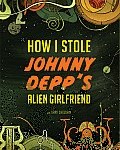 David’s dad is a therapist who lives in the small French town of Cornouaille. David knows not to get to close to the patients, but Zelda fascinates him. She claims to be from another planet, and she’s here on earth to find her chosen one. To her it makes no difference that in the process of searching she needed to steal food, and when she was caught she sent to security guards to the hospital.
David’s dad is a therapist who lives in the small French town of Cornouaille. David knows not to get to close to the patients, but Zelda fascinates him. She claims to be from another planet, and she’s here on earth to find her chosen one. To her it makes no difference that in the process of searching she needed to steal food, and when she was caught she sent to security guards to the hospital.
